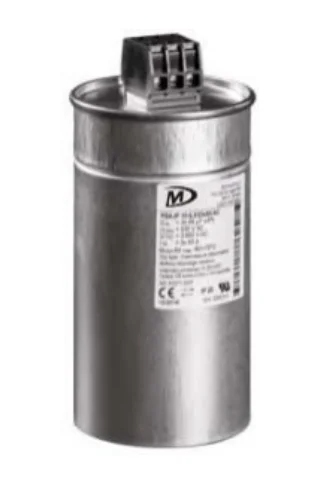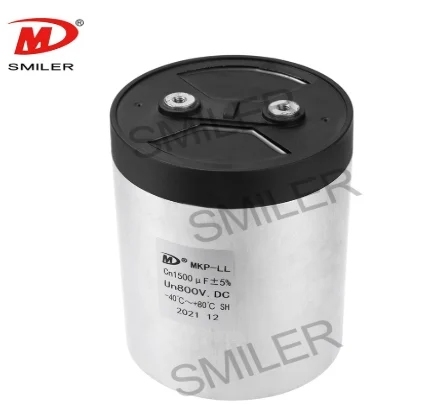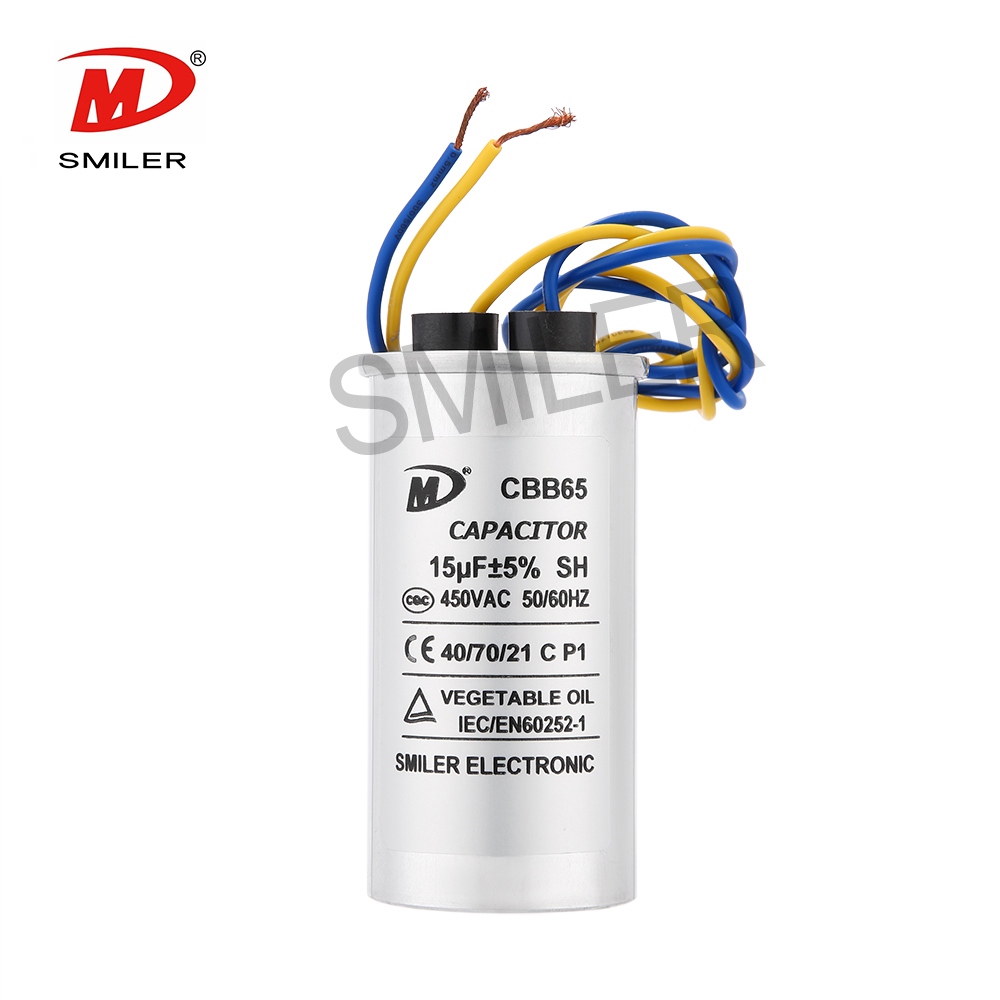AC and DC capacitors both store energy. But they work differently. In a DC circuit, a capacitor charges to the power source voltage. Then it stops the current flow. It acts like an open path. This makes DC capacitors good for smoothing voltage changes after power conversion. In AC circuits, capacitors charge and discharge as the current switches direction. They let AC signals pass but block DC signals. This is useful for tasks like signal linking, power correction, and noise filtering.
Polarity is a big deal for DC capacitors. Many are polarized. They have a positive and negative side. Connecting them wrong can cause leaks, overheating, or even explosions. AC capacitors are usually non-polarized. They handle voltage that flips direction. Polarity doesn't matter to them. Using the wrong type can harm equipment or create safety risks.
It's not wise to mix capacitor types. A DC capacitor in an AC circuit may not handle switching voltages. Its build and materials aren't made for that. An AC capacitor in a DC circuit might not work well either. It may fail under steady voltage. Some special capacitors work for both AC and DC. But they need strong insulation, good material strength, and heat resistance.
Big machines like motors use a lot of power. They can waste energy. AC Filter capacitors help fix this. They cut down on extra power pulled from the grid. They also handle high-frequency noise. These capacitors make power systems more stable. In one factory project with many production lines, these capacitors saved money on electricity. They kept voltages steady.

Single-phase motors need a boost to start. Motor run capacitors give this boost. They also keep motors running smoothly. They work in 50/60Hz AC systems. You find them in air conditioners, washing machines, fans, and dishwashers. They ensure steady work across different temperatures.
Electromagnetic noise can mess up electronics. EMI Capacitors stop this noise. They block interference from switches or motor parts. These capacitors help devices meet rules for electromagnetic compatibility (EMC). This is key for gadgets near sensitive equipment.
Solar panels make DC power. Inverters change it to AC for homes or the grid. DC Link Capacitor keeps voltage steady during this change. In a solar farm in Southeast Asia, these capacitors improved power conversion. They reduced ripple currents that harm parts over time.
Power supplies convert alternating current (AC) into direct current (DC) to power electronic devices. Once the current is converted, DC Link Capacitors play a key role by smoothing out voltage ripples and fluctuations in the DC output. This process is essential for keeping the power stable and clean, especially in systems where voltage consistency is critical. These capacitors are commonly found in applications such as computer motherboards, industrial drives, solar inverters, and LED drivers. By reducing noise and stabilizing the voltage, DC Link Capacitors help ensure that sensitive electronics operate reliably, efficiently, and without unexpected interruptions or damage.
Cars use many electronics. These include control units, screens, and sensors. Electric vehicles (EVs) need steady power for batteries. DC Capacitor (Resonant) helps control voltage during fast driving or braking. They fit in tight spaces but handle big power needs.

Picking the wrong capacitor is risky. It can overheat, catch fire, or explode. Polarized capacitors fail if connected backward. For example, an electrolytic capacitor in an AC circuit might burst due to gas buildup. Capacitors must match Maximum overvoltage 1.1Un and Maximum over current 1.3In ratings to stay safe.
Using the wrong capacitor hurts performance. It can increase resistance (ESR). This causes heat stress or leaks. It shortens the life of parts. For example, capacitors without self-healing can break after power surges. This is common in motor drives or grid converters with changing loads.
Capacitors follow strict rules like GB/T12747.1-2017 and GB/T12747.2-2017. These cover materials, tests, and life under heat. They ensure quality for critical uses like medical devices or telecom stations.
SMILER leads in capacitor technology. Our ISO-certified factories ensure top quality. We test products carefully. We also offer custom options for fields like green energy and smart homes. Product certification: CQC, UL, CUL, and VDE show we meet global standards for OEMs.
Our products include:
1. AC Filter capacitors: These have aluminum shells and oil filling. They are great for noise suppression.
2. CBB65 Capacitor: Used in air conditioner compressors.

3. DC Link Capacitor: Built with low ESR for green energy systems. Each series has safety features like overpressure protection or UL94 V-0 resin potting. They work well in tough conditions without losing performance.
Q: What is the main difference between an AC and a DC capacitor?
A: AC capacitors handle switching current and don't need polarity. DC capacitors store steady current and often need correct polarity.
Q: Can I use any capacitor interchangeably between AC and DC circuits?
A: No. Wrong use can cause failure or danger due to differences in build and voltage handling.
Q: Why do some capacitors explode when used incorrectly?
A: Polarized capacitors can build gas if used backward or over voltage. This may cause them to burst.
Q: What type of capacitor is best suited for solar inverter applications?
A: DC Link Capacitor is best. It stabilizes voltage and handles ripple currents well.
Q: How do I know if my application needs an EMI suppression capacitor?
A: If your device makes a noise that affects other electronics or needs EMC rules, use EMI suppression capacitors.